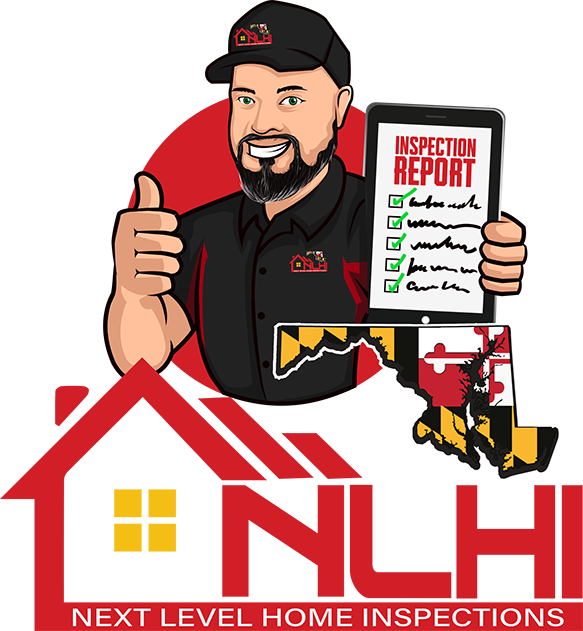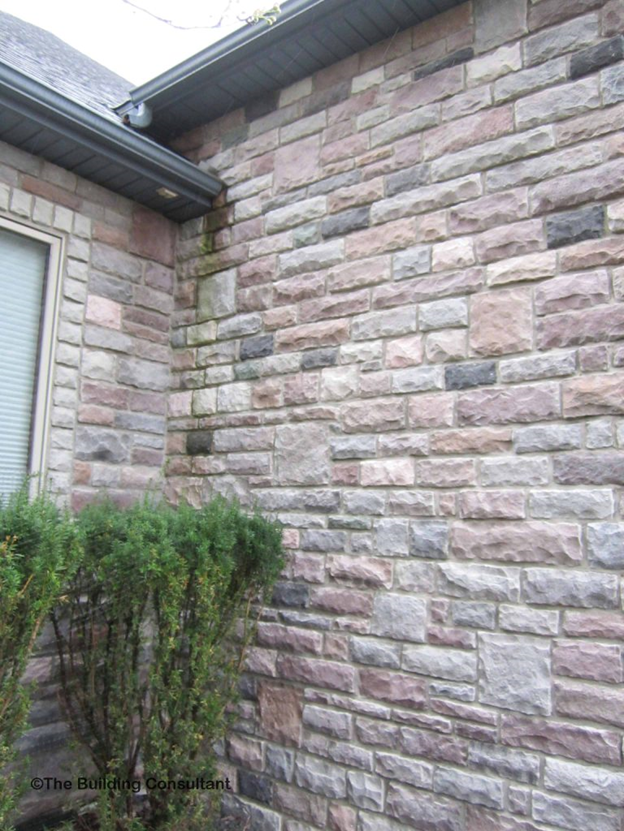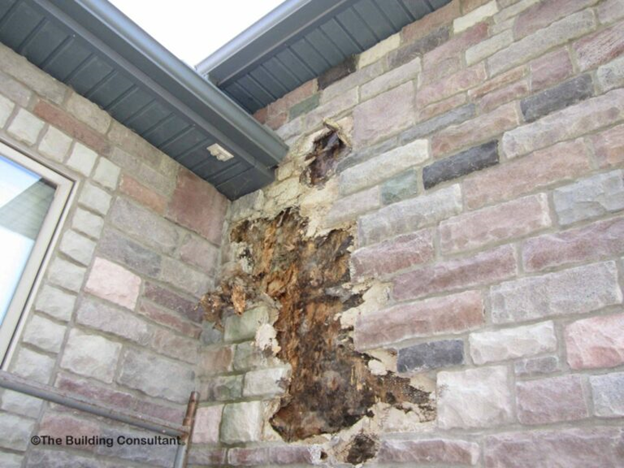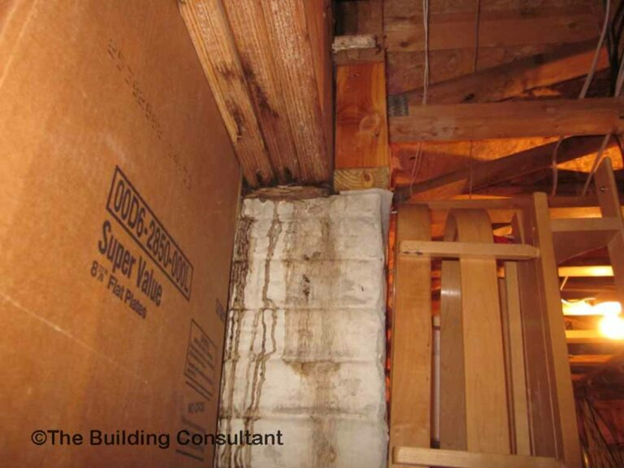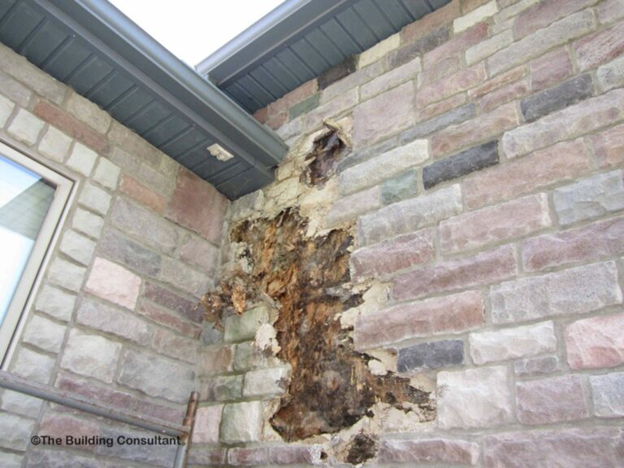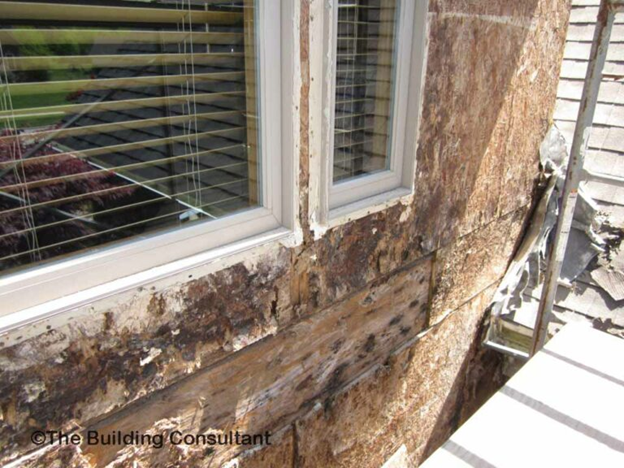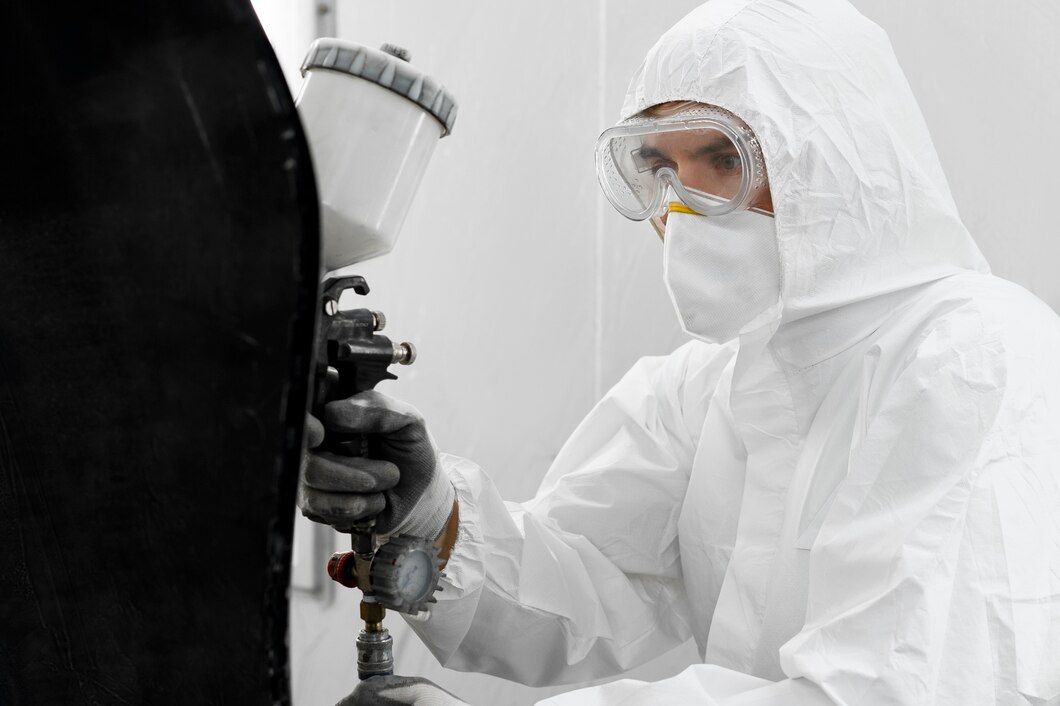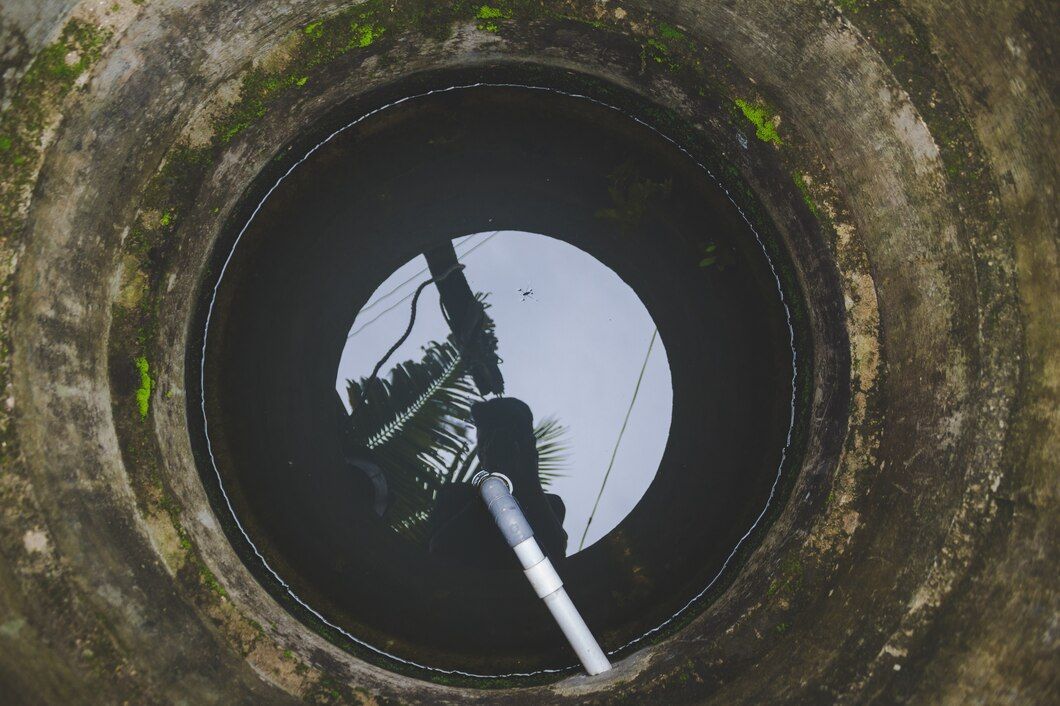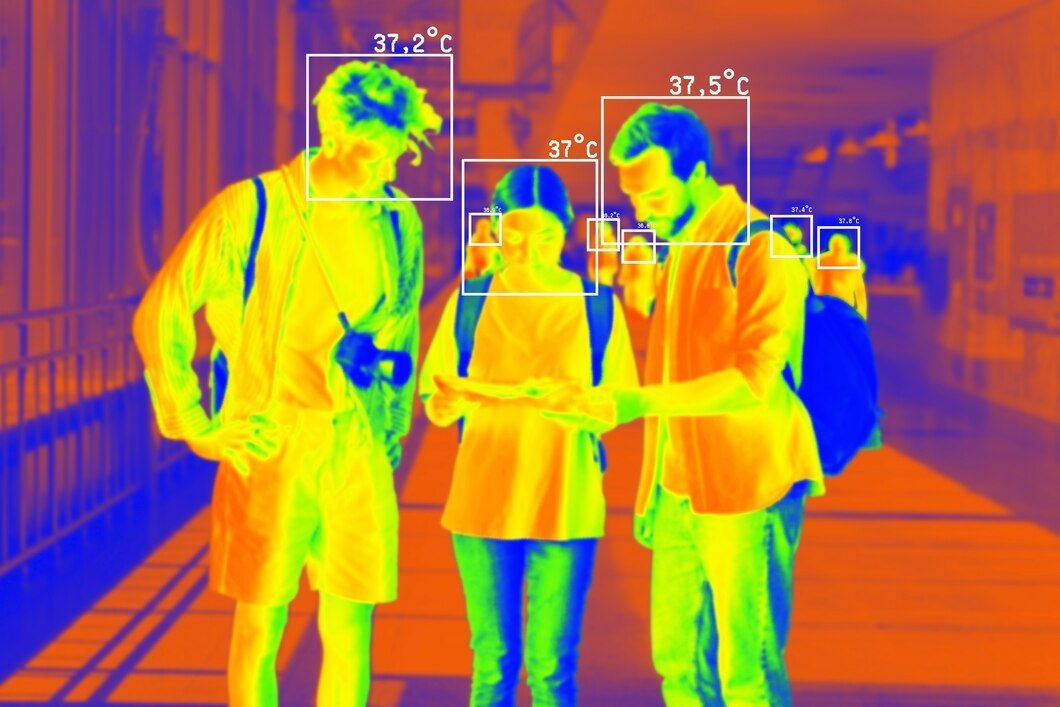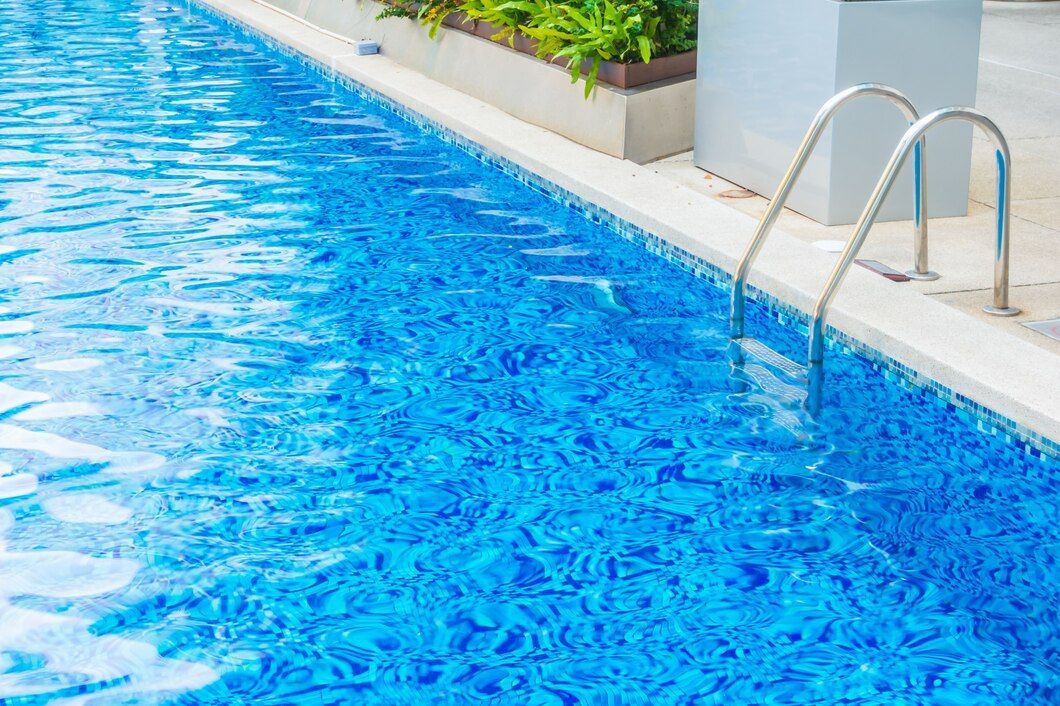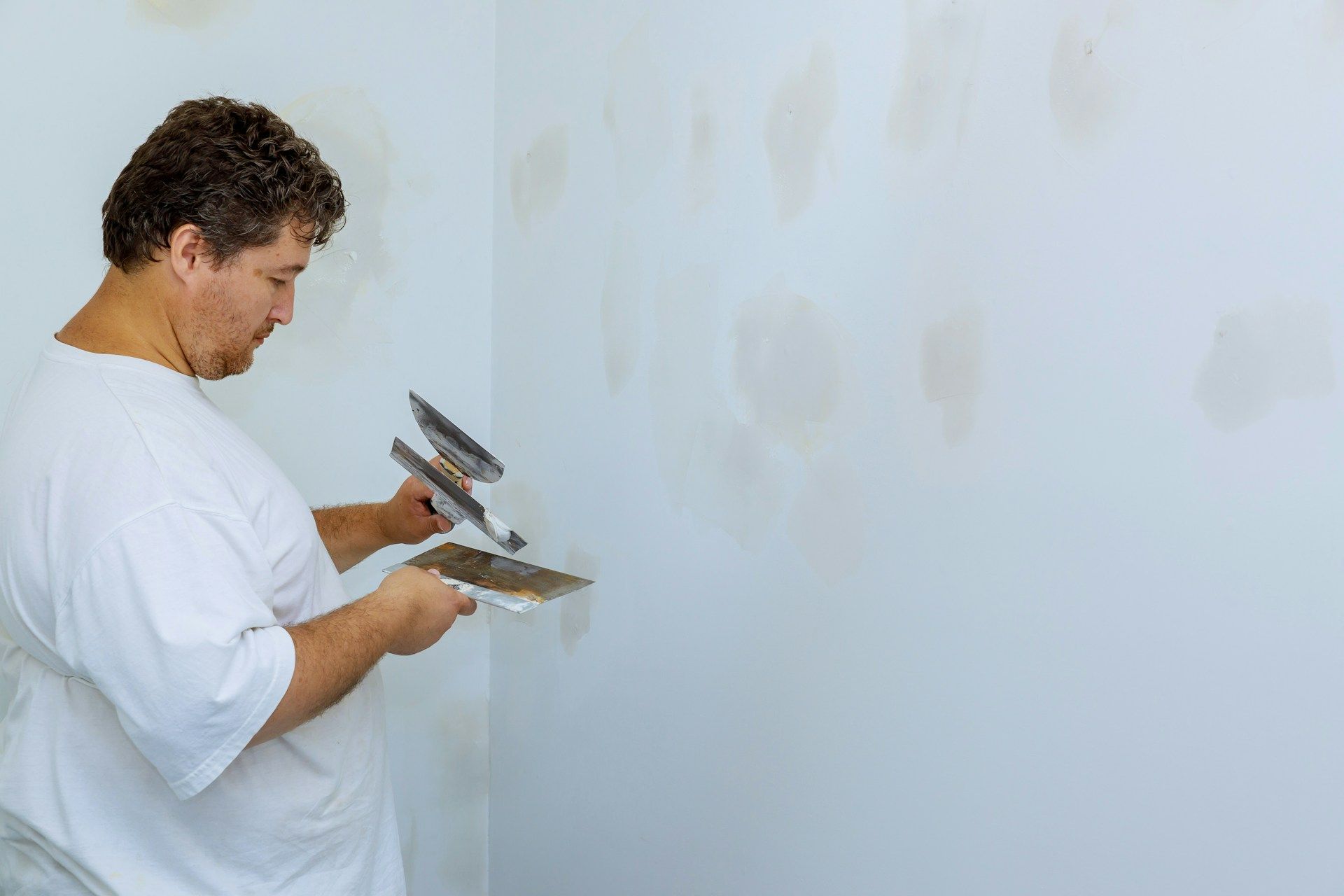Stone Exteriors: Dream or Disaster for Your Home?
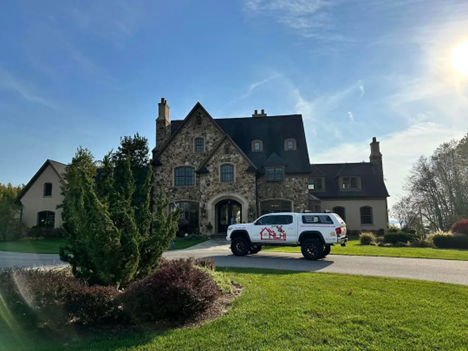
Your home, your haven—the place where memories are made, and dreams come alive. If you're considering or have already embraced the beauty of Adhered Manufactured Stone Veneer (AMSV), pause for a moment. Beyond the visual allure, the game-changer is in the installation process, determining whether your dream home becomes a sanctuary or a maintenance nightmare. Let’s delve into the AMSV saga and why every homeowner should be vigilant about its installation.
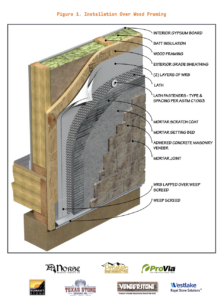
Unveiling the AMSV Allure
AMSV, also known as Adhered Stone Veneer, has undeniably become the sweetheart of home exteriors. Its charm lies in its ability to effortlessly elevate curb appeal, transforming ordinary facades into captivating works of art. However, and it's a significant "however," the road to maintaining this aesthetic beauty is paved with caution during the installation phase.
Decoding Common Flaws in AMSV Installation
1. Missing Flashings: The Unsung Heroes
Ever heard of the phrase "out of sight, out of mind"? Well, that doesn't apply to flashings in AMSV installation. These often-overlooked components are the unsung heroes, preventing the infiltration of water into your home's delicate framework.
2. Inadequate Drainage Planes: Plan to Prevail
Forgetting to plan is planning to fail, especially when it comes to drainage in AMSV installations. Without a meticulous drainage plan, water can infiltrate and wreak havoc on your wall cavity and framing, potentially leading to structural issues.
3. Flimsy WRB Practices: Guarding with Water-Resistive Barriers
Consider the Water-Resistive Barrier (WRB) as the shield protecting your home. However, improper installations compromise this barrier, creating an open invitation for moisture to engage in mischief behind your cladding.
4. Vapor Drive Ignorance: The Silent Culprit
Moisture migration, known as vapor drive, is a genuine concern. Ignoring this phenomenon can result in the slow but steady deterioration of your cladding system, potentially causing long-term damage.
The AMSV Damage Chronicles
So, what unfolds when AMSV installations go awry? Brace yourself for the potential aftermath:
1. Waterlogged Walls: The Sponge Effect
Improperly installed AMSV becomes a sponge, absorbing rainwater and transforming your walls into waterlogged disasters, leading to dampness and structural vulnerabilities.
2. Structural Nightmares: Beauty vs. Stability
While your home's exterior might exude strength and beauty, behind those walls, structural nightmares could be silently taking root, compromising the integrity of your abode.
3. Costly Repairs: DIY Regrets
Fixing water damage isn’t a mere DIY weekend project. It's a costly and time-consuming affair that, with proper installation, could have been easily avoided.
Taking Action to Safeguard Your Investment
1. Inspection is Key: EDI Level 2 Inspector
For those with AMSV, an EDI Level 2 inspector is your ally. These professionals can unearth installation defects before they escalate into major concerns, providing peace of mind and proactive solutions.
2. Invest in Quality: Certified Installers
Choosing certified installers is not just an option; it's a necessity. While it might incur a slightly higher
3. Spread the Word: Creating Awareness
Share this post far and wide to create awareness among your friends and family about the critical importance of proper AMSV installation. Let's collectively ensure that every home stands strong against potential cladding calamities.
In conclusion, having a beautiful home goes beyond aesthetics—it's about ensuring its longevity and resilience. AMSV, when installed with care, can be a timeless addition to your abode. Remember, it's not just about having a beautiful home; it's about safeguarding that beauty for years to come! 🏡🔧 #AMSV #HomeProtection #InstallationMatters #HomeMaintenance101 #NextLevelHomeInspections
Next Level Home Inspections is a family owned and operated business capable of providing full home inspections in Maryland that include radon and water testing as well as drone and thermal imaging.
NAVIGATION
Next Level Home Inspections is a family owned and operated business capable of providing full home inspections in Maryland that include radon and water testing as well as drone and thermal imaging.
NAVIGATION
LOCATION
